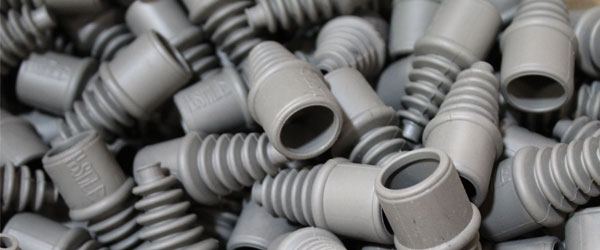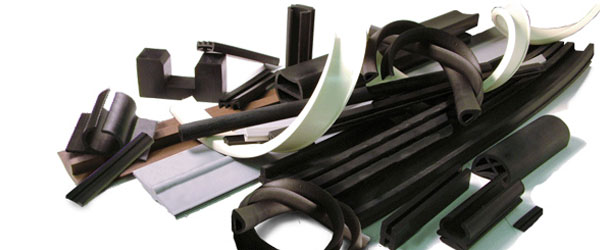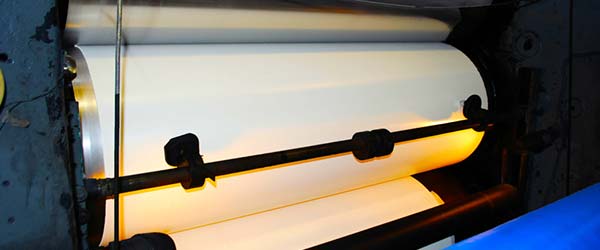Butyl Polymer
Butyl rubber is a synthetic rubber that is known for its excellent impermeability to gases, including air and moisture. It is a copolymer of isobutylene and a small amount of isoprene, which is added to improve its elasticity and other mechanical properties.
Butyl rubber was first developed in the 1930s by researchers at Standard Oil of New Jersey (now ExxonMobil) and was later commercialized by ExxonMobil under the trademark name “Butyl”. Since then, it has become an important material in a wide range of industrial and consumer applications, including tire inner liners, pharmaceutical stoppers, electrical insulation, and adhesives.
Some of the key properties of butyl rubber include:
Impermeability: Butyl rubber has excellent impermeability to gases, making it an ideal material for applications where gas or moisture barrier properties are important.
Chemical resistance: Butyl rubber is highly resistant to a wide range of chemicals, including acids, alkalis, and polar solvents.
Flexibility: Although it is a relatively stiff rubber, butyl rubber is still flexible and can be easily molded or extruded into a variety of shapes.
Low permeability to liquids: Butyl rubber has low permeability to liquids, making it useful for sealing applications.
Weather resistance: Butyl rubber is highly resistant to weathering and ozone degradation.
One potential drawback of butyl rubber is that it has relatively poor resistance to heat and sunlight, which can cause it to degrade over time. However, these issues can be addressed through the use of additives and stabilizers in the rubber compound.
Butyl Polymer Information and Specs
General Information
- Common Name: Butyl
- Chemical Name: Isobutylene-isoprene
- Generally Resistant To: Gases, Air, Alkalis, Acids, Water, Weather, Sunlight, Oxidation and Ozone.
- Generally Attacked By: Open Flame, Hydrocarbons, Oil and Gasoline
- ASTM D 2000 / SAE J200 Classification: AA, BA
- MIL-R-3065 / SAE J-14 / MIL-STD-417 Classification: RS
Physical Properties
- Elongation: 300% to 850%
- Hardness Range (Durometer Shore A): 40 to 80
Mechanical Properties
- Compression Set: Fair
- Rebound Rating: Poor
- Flex Cracking Resistance: Good to Excellent
- Abrasion Resistance: Good to Excellent
- Tear Resistance: Good
- Impact Resistance: Good
- Flame Resistance: Poor
Thermal Properties
- Service Temperature: -60°F to +300°F
Environmental Resistance
- Recommended Shelf Life: 5 to 10 years
- Weather Resistance: Excellent
- Sunlight Resistance: Excellent
- Ozone Resistance: Excellent
- Oxidization Resistance: Excellent
- Water Resistance: Very Good
- Steam Resistance: Excellent to Outstanding
- Gas Permeability: Good
 (909) 987-1774
(909) 987-1774 Email Us
Email Us






